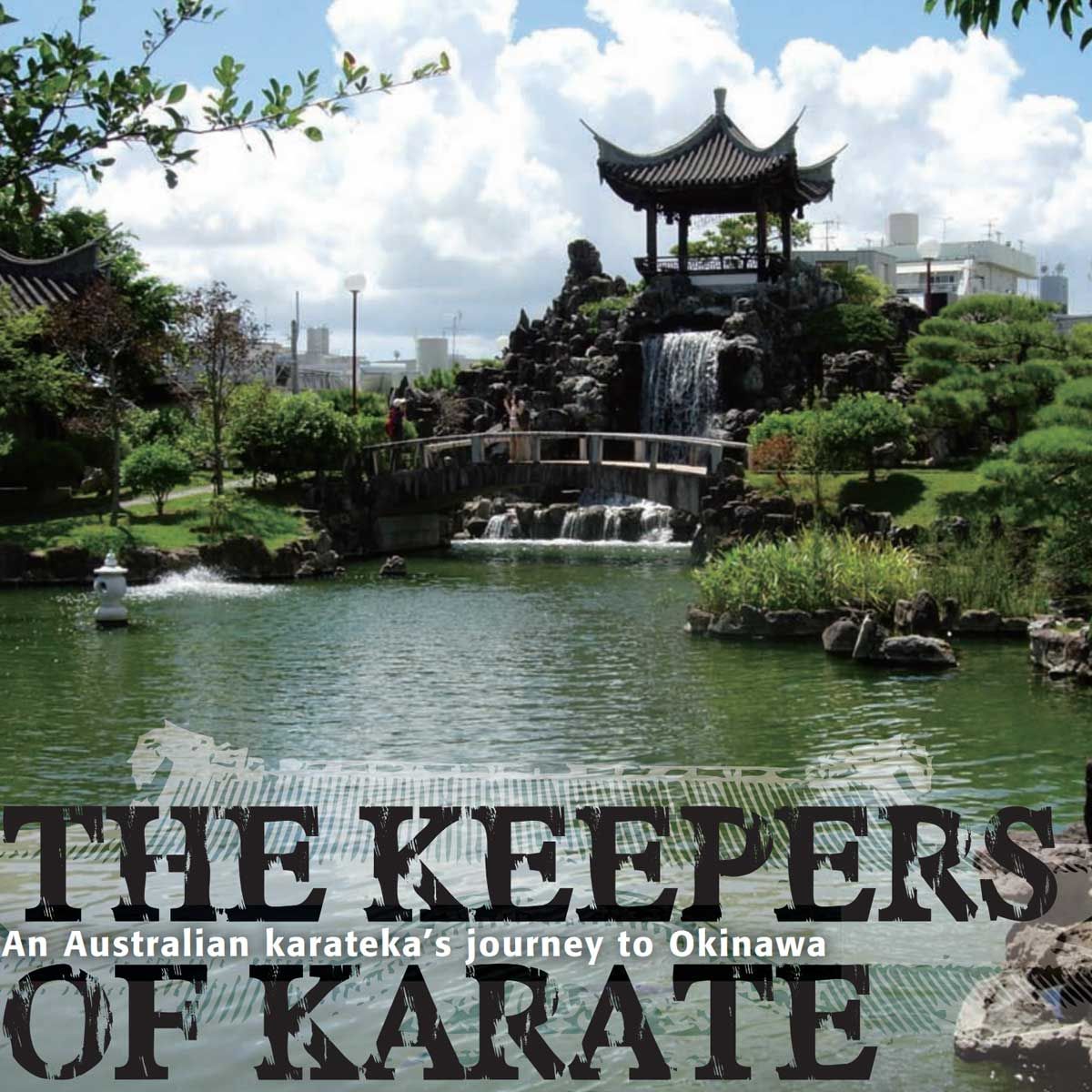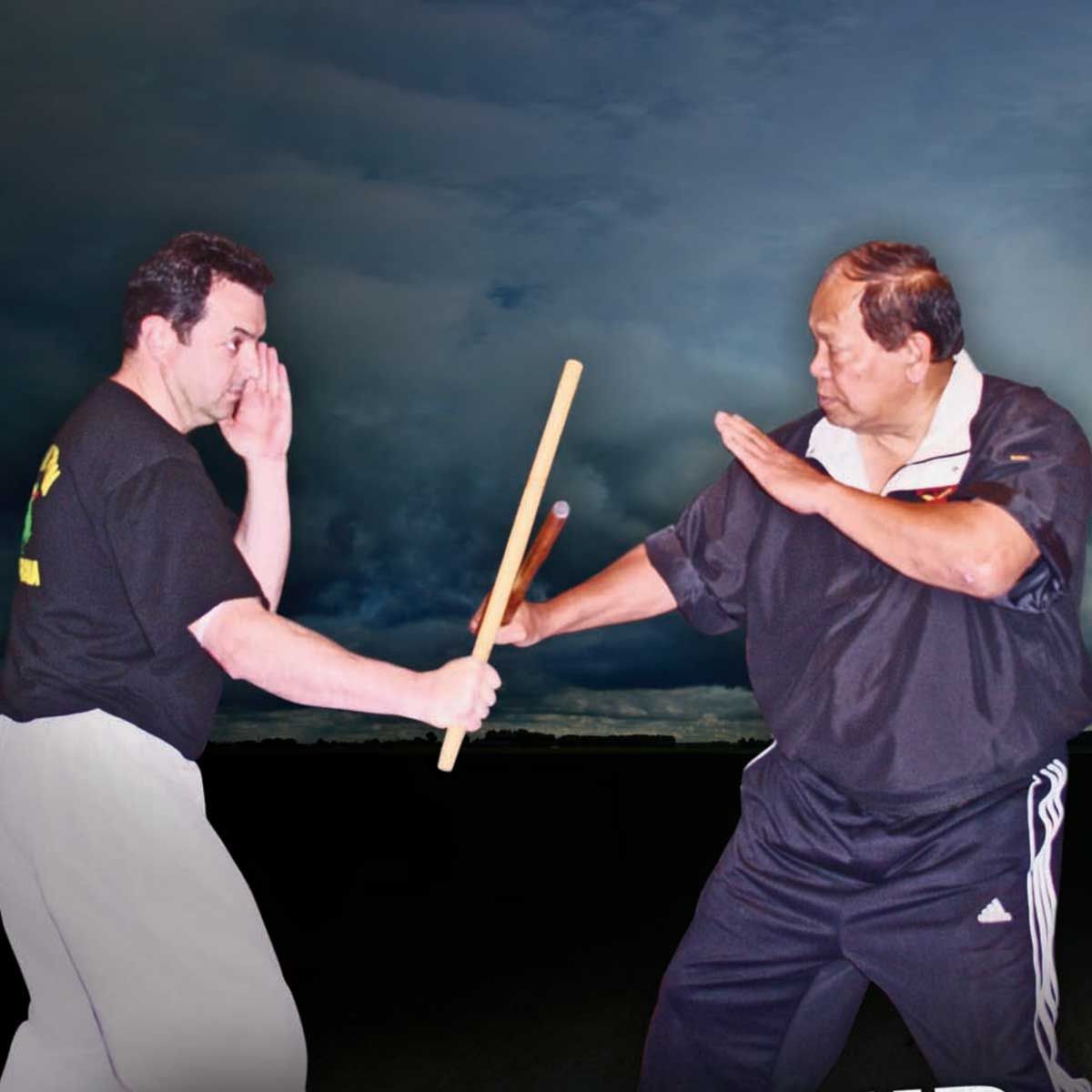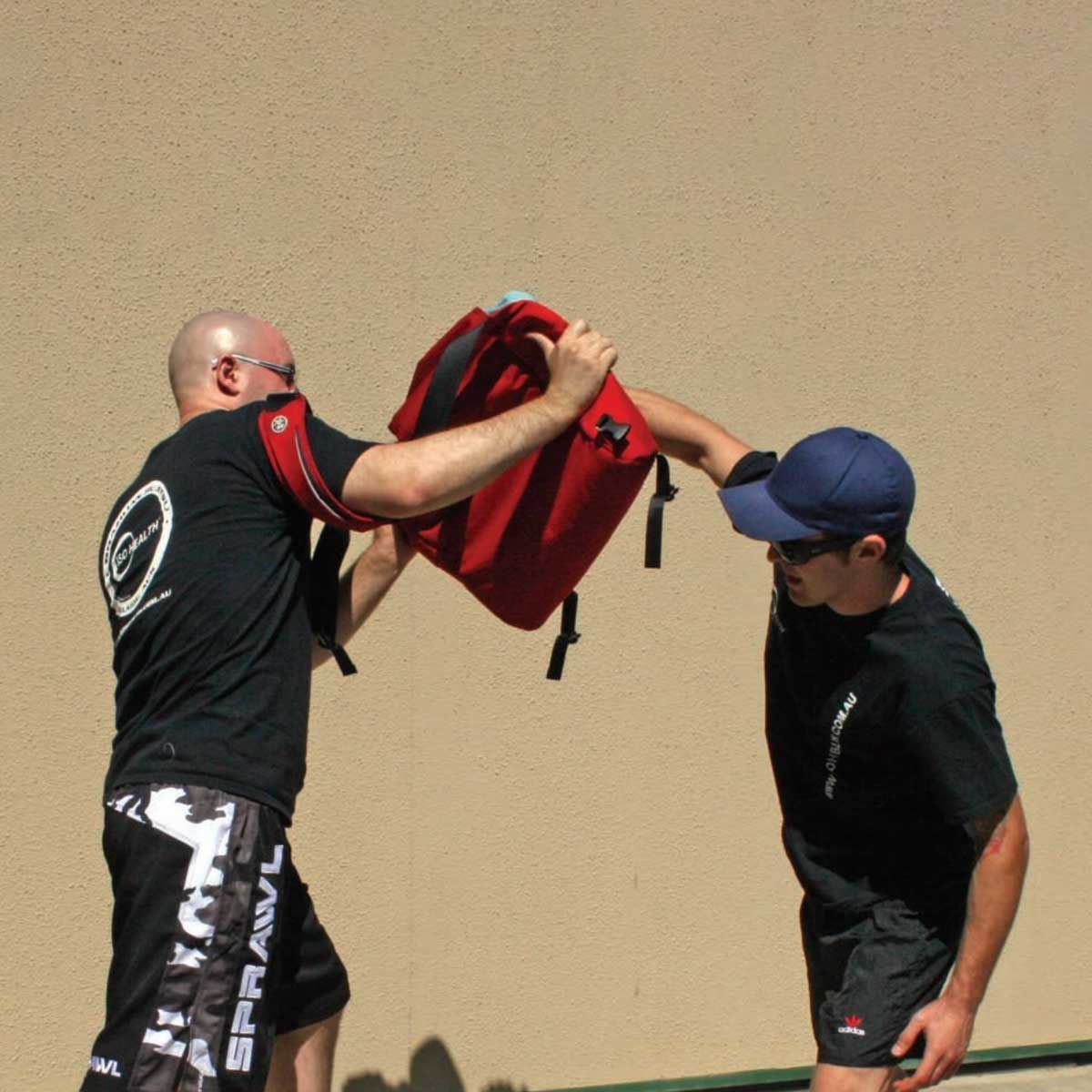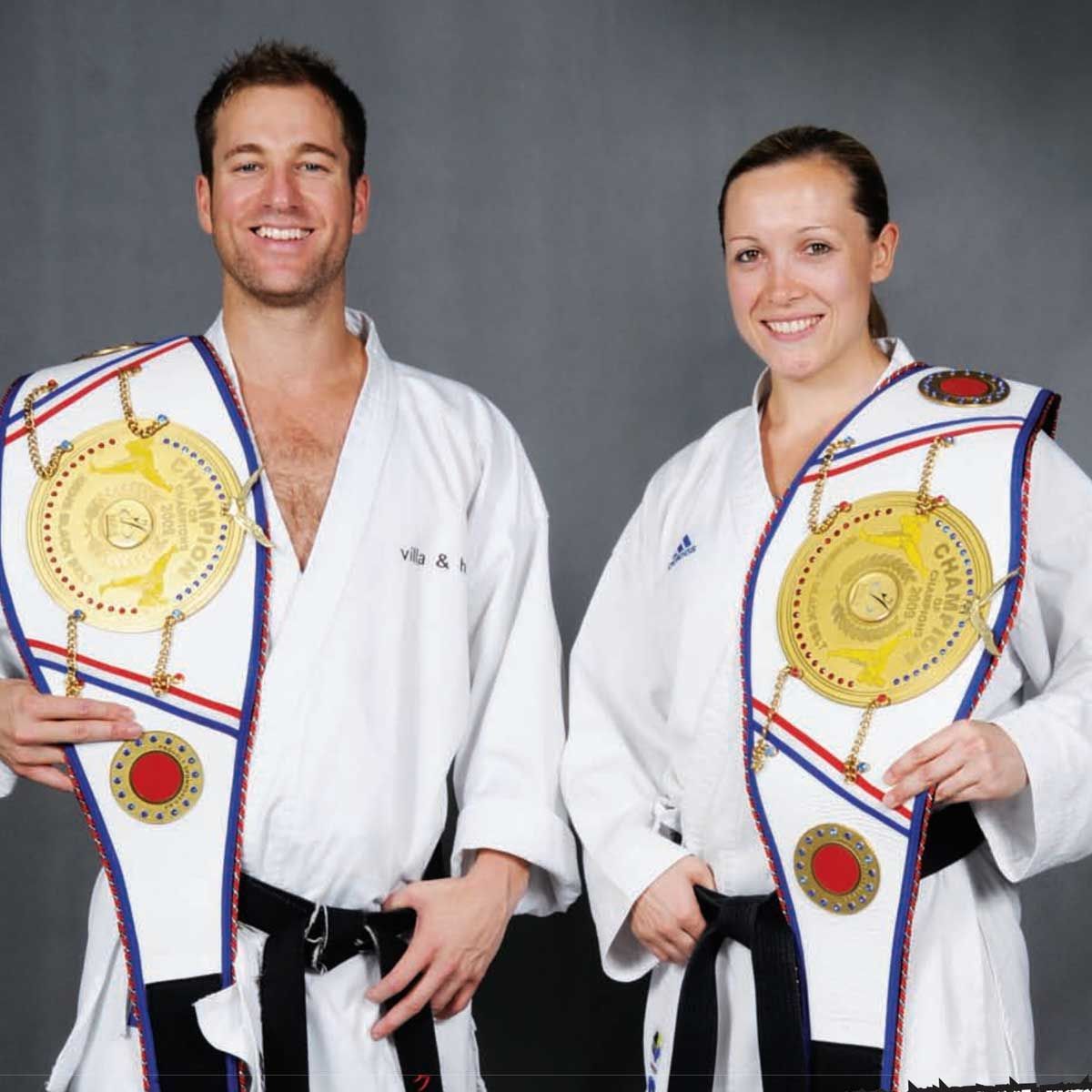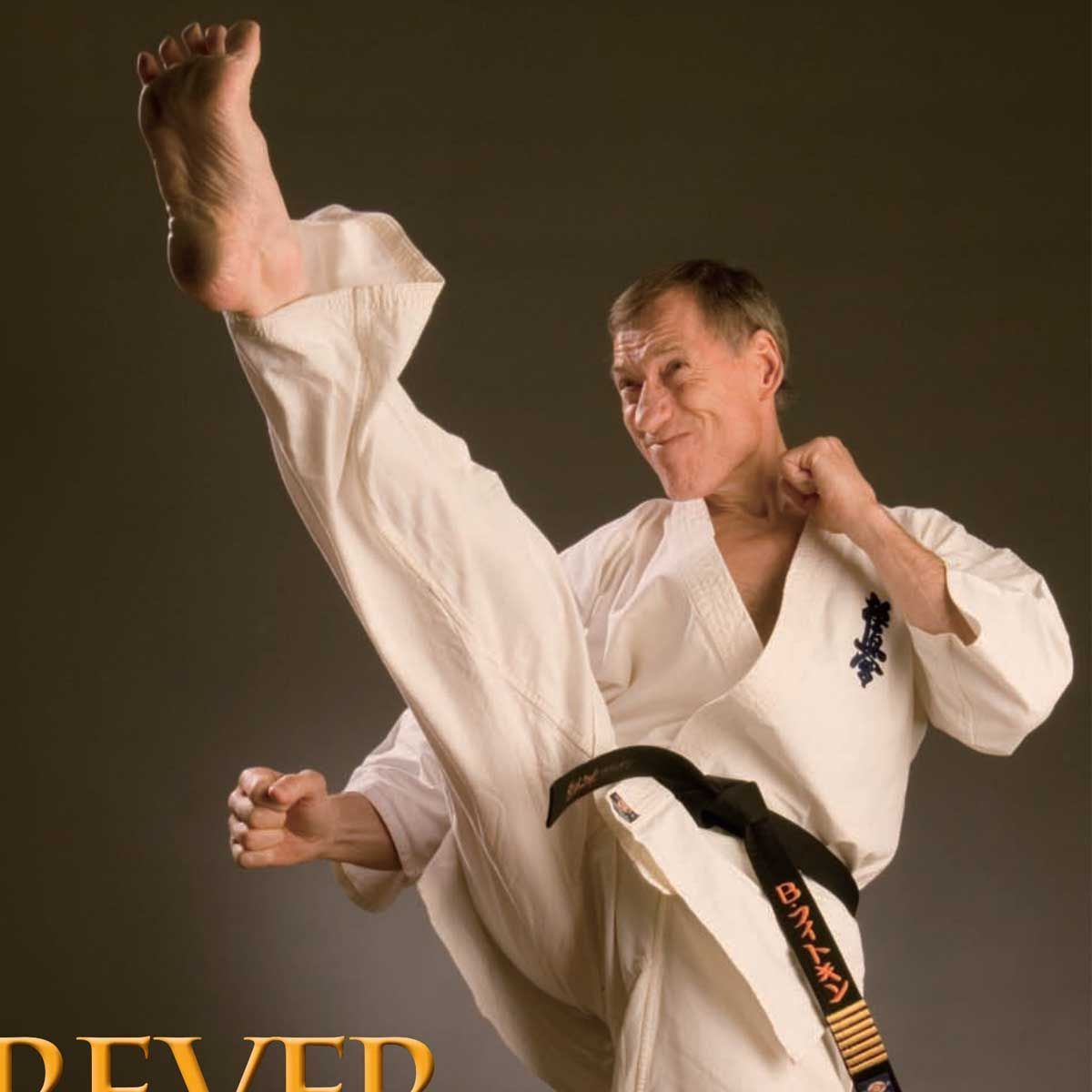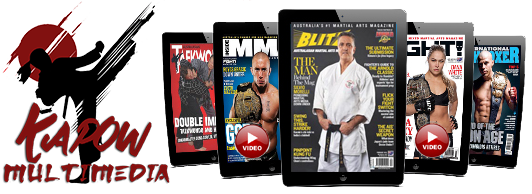LIFT HEAVY, EAT MEAT - Adam Stanecki
ASK AN EXPERT with Adam Stanecki
The question: “I’m wanting to know what kind of weight exercises are best to do when training combined with martial arts. Speed is a key element of martial arts but building mass can make us slower. Help!”
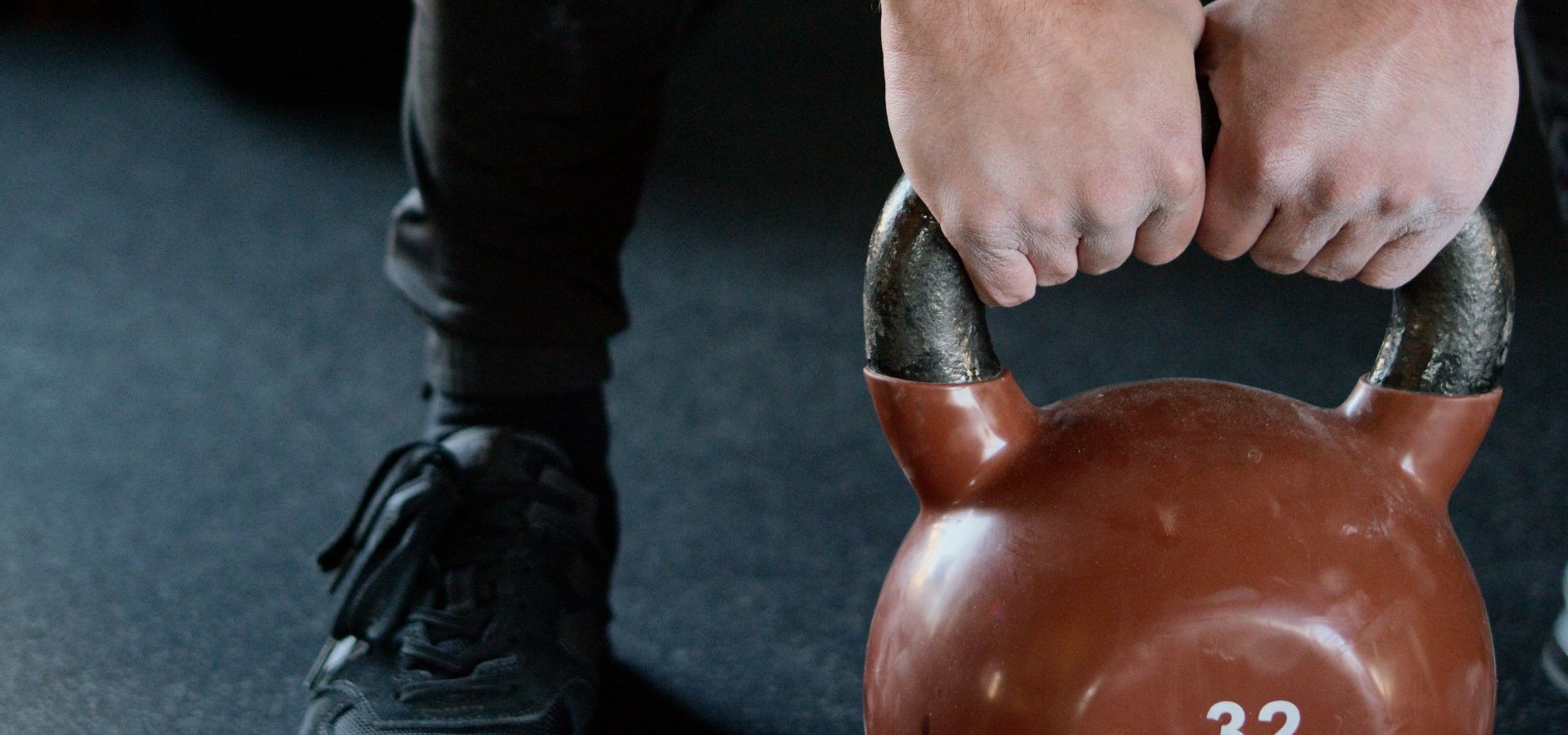
THE EXPERT
Adam Stanecki is a fitness coach and joint-owner of CrossFit Victoria. He holds numerous certifications including CrossFit Level 2, AWF Level 1 and ASCA Level 1. Adam focuses his training on general physical preparedness and injury prevention and has trained MMA fighters, Australian Defence Force personnel and the general public to elite levels. He can be contacted by email at adam@crossfi tvictoria.com.
THE ANSWER
Before answering this question, it is important to first determine what you are really training for. Some questions to ask yourself: what is my training goal in the martial arts? What is my strength and conditioning training goal? What are my areas of weakness? In order to answer your question as fully as possible, I would require the above information and more, including which martial arts you participate in and your experience level in both martial arts and strength and conditioning. Therefore, my answer will be very general, yet you should be able to apply the principles to your training.
Firstly, you’re correct that speed is a key element in the martial arts, however, speed alone is all but useless. A few other key areas to consider include accuracy, strength, co-ordination, balance and power. A boxer who is fast but has no accuracy will be very inefficient, a tai chi practitioner with no balance will never excel at the higher levels of the art, a karateka cannot hope to perform kata well without co-ordination. Therefore, when supplementing your martial arts training with a strength and conditioning regimen, it’s essential to take a holistic approach. Focus upon your weaknesses and practise the things that you don’t like to practise or aren’t good at. That is where you will make your gains.
My experience suggests the most lacking aspect of martial artists is a solid strength base. This can only be developed over time and it is very rare that the movements performed in the dojo, kwoon or otherwise are suffi cient. Therefore, my recommendation regarding which movements to perform is to start with the basic slow lifts (deadlift, squat, press) and progress to the Olympic lifts and their derivatives (clean, jerk, snatch). The slow lifts will develop the strength base that was mentioned earlier and the Olympic lifts will add speed, coordination, balance, agility and develop a powerful athlete. (You can find numerous training programs online and analysis of these is far beyond the scope of this reply. Search, experiment and perhaps employ a trainer.)
Building mass and developing power and strength are not the same. They are related, yet a well-designed strength and conditioning program will only add muscle mass to the level that it is required. As martial artists often compete in weight classes it is important to develop a high strength-to-weight and power-toweight ratio rather than simply increasing size. This is different to, say, a rugby player who might want to increase overall mass as well as athletic prowess. So, a martial artists program should build lean muscle mass, remove excess body fat and develop strength and power (among other aspects of fi tness) without excessive weight gain, if any. It is important to understand that a strength and conditioning program alone will not result in signifi cant size gains without the requisite nutritional practices (i.e. consuming an outrageous amount of calories) and adequate recovery (e.g. active rest, sleep and massage).
Choose functional movements, preferably the traditional slow lifts and the Olympics lifts, supplement with some plyometric training (once you have built a decent strength base) and be sure that your martial arts training is covering all of the skills that you require. This should be sufficient but remember to tweak your training whenever you hit a plateau. That said, I expect that you will have to structure your strength and conditioning around your martial arts training. How often you train will be determined by your lifestyle; work, recreation and other commitments may dictate your training opportunities. Your body can cope with a signifi cant load (just consider professional athletes for a moment) so it is hard to overtrain, but by the same token it’s very easy to ‘under-recover’.
I would generally recommend three or four strength and conditioning sessions per week in addition to any martial arts training (note: this is general and may not suit you). Start with a basic, periodised strength program and go from there. It is diffi cult to defi ne work periods and rest periods without knowing more about you. You can train strength and conditioning and martial arts on the same day, or you can train on consecutive days, but you will need days off. Ultimately, you will have to experiment to learn what works for you. In the simplest terms: lift heavy, eat meat and sleep well!
Blitz Martial Arts Magazine, FEBRUARY 2010 VOL. 24 ISSUE 02






